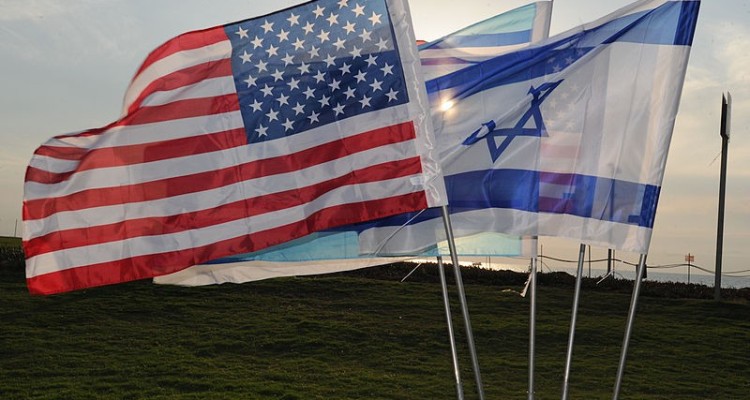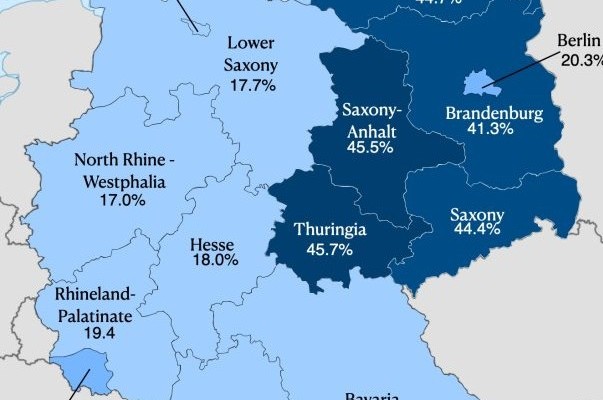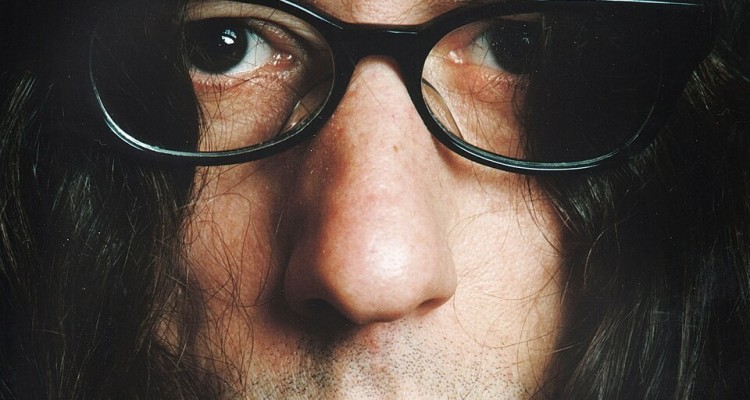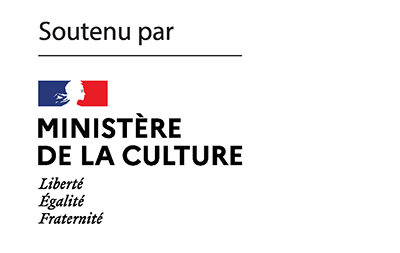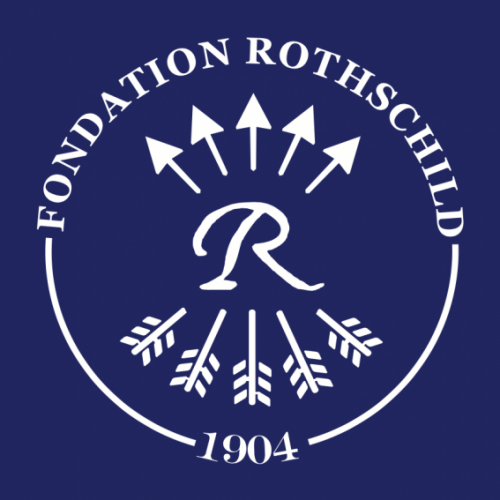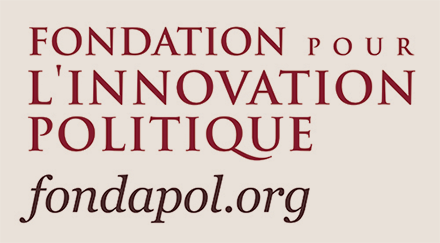The march against antisemitism on 12 November was seen as a success. Jews are not (so) alone. The editorial team at Revue K. is now wondering – because the stakes remain high – what the next steps should be to raise awareness of the scale of antisemitism in France.
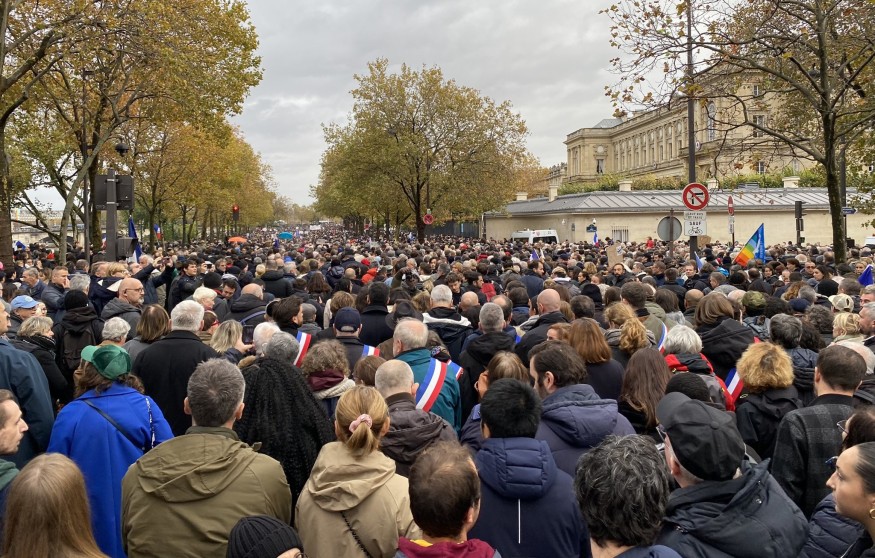
The rise of antisemitism since the early 2000s now forms a clearly identifiable historical sequence, with its crimes, attacks, reactions and counter-reactions, alternating between acknowledgements and denials. On a few occasions, when a peak or an event occurred that could not be avoided without blatant bad faith, the national community was called upon to demonstrate against antisemitism. This was the case again just over a month after 7 October, the event that triggered a wave of antisemitism in Europe and France that no one knows how to stem.
Each demonstration of this kind was an important moment, undoubtedly beneficial in raising everyone’s awareness. This awareness is measured by the scale of the mobilisation, the support it receives from society and the State, from civil society bodies and political representatives alike. The march of 12 November 2023 was a success in the sense that it fulfilled the hopes placed in it by its initiators, the presidents of the two chambers, followed by a number of trade union organisations, institutions and political parties. In the French provinces as well as in the capital, the public mobilisation took place. This is to be welcomed, as it reassures Jews that in France their concerns are met with understanding and solidarity. However, without in any way underestimating the value of this testimonial and the guarantee of protection it represents, the most decisive issue at stake is not that.
Whenever events of this kind have been held, we’ve had to walk a fine line: on the one hand, the specific element must be clearly marked – there is antisemitism in France – and on the other, we must not isolate it too strongly – “against antisemitism and all forms of racism”, we almost never fail to add. In doing so, a persistent discomfort creeps in: for it is clear that serialization, however accurate it may be in theory, has paradoxical effects in practice, sometimes deliberately undermining a certain focus of attention.
The demonstration on 12 November was different from previous ones in this respect. It had the undeniable merit of confirming not only that there is antisemitism in France, but also that it is very distinct from the forms of hatred and discrimination suffered by other cultural, ethnic or religious minorities in the country. It is very distinct in both form and content, because it is clear that what we are talking about here is not so much discrimination as persecution – in this case, persecution coming from society, not from the State, and taking the form of recurrent verbal and physical violence, sometimes ordinary and sometimes extreme. Today’s antisemitism is not driven by public policy, nor does it produce discriminatory judgements involving unequal treatment of individuals: it manifests itself in social violence of varying degrees, spread over a broad spectrum ranging from insults to murder. As a result, Jews live in fear.
By distinguishing it in terms of the violence it produces, we can also recognise that antisemitism raises different questions about the current conditions of national integration. The latest demonstration acknowledges this distinction. It is a new step forward, marking a threshold in awareness, but without yet managing to make it explicit. It seems that we’re not there yet. And will we ever be? Nothing is less certain. For the most striking feature of the event on 12 November 2023 was the highly unusual shift in focus that accompanied it. Everything converged around the question: not what (specifically) is it to be anti-Semitic, but who (really) is antisemitic? Or rather, who is anti-Semitic and who is not? This is the polemic in which we have become embroiled, sparing ourselves the effort needed to give the event its full weight and scope. It is not so much a question of where the controversy came from as what made it work so well. Because it was a kind of unfortunate windfall. We rushed into it, avoiding the crucial issue at stake – the one that the rally must bring to the forefront if it is to achieve its most salutary objective.
It was easy to see how the issue was swept under the carpet. By announcing its participation in the demonstration, the far right (RN)[1] wanted to signify that it was no longer anti-Semitic, as if it had been a youthful sin. It had to confess publicly that it had been anti-Semitic until recently – something it often denies and sometimes admits – at least when it’s cornered. For its part, the far left (LFI)<footnote>“LFI” refers to La France Insoumise, an extreme left-wing political movement and party in France. It was founded in 2016 by Jean-Luc Mélenchon, a former socialist and member of the French Parliament who quickly drifted towards extreme positions such as his support for President Chavez, his ambivalence towards democracy, his insulting remarks, including to journalists, and a tendency towards authoritarianism within his party.His flirtation with Islamists, partly motivated by electoral aims, his refusal to condemn the Hamas attack and his “anti-Zionist” remarks led to a de facto split within the NUPES alliance (see note 4).</footnote>, which announced that it would not be joining the demonstration, proclaimed loud and clear that it is not antisemetic, and also claimed never to have been. It was through this game of passing the buck that the controversy developed. It logically raised the dual question of the old antisemitism, supposedly outdated, and the new antisemitism, which refuses to accept itself. Was this the prelude to an analysis of the current structure of antisemitism? On the contrary, everything conspired to prevent us from going down that road. We have witnessed a ballet which, in the end, has returned to an old, familiar pattern in French politics. The game of self-definition and cross-accusation has led to a clarification of the political landscape: the governing parties and their allies have come to occupy the anti-anti-Semitic position, while one might suspect that antisemitism, latent or overt, is hegemonic in the opposition on both the right and the left. This is the direct source of the unease that is embodied in the term “state philosemitism”, which is being used more and more insistently, and which one suspects is being used as a new smokescreen to cover up the real anti-Semitic motivations that need to be faced head-on.
Even if this expression is a recent one, it is indisputable that the RN, formerly the FN, heir to the counter-revolutionary and ultra-conservative right, has never ceased to deplore the Jewish stranglehold on the Republic. A number of concordant clues suggest that this topicality continues to drive it, despite all its denials. After all, the signs confirming this are not so old, if we think of the way this party gave credence to some of the excesses of the Gilets jaunes[2], or even the anti-vax demonstrations. The fact remains that the formula of “state philosemitism”, as for its letter, is not right-wing. It originated on the far left of the political spectrum, which regularly uses it to equate antisemitism with Islamophobia. The equation, for this left, is therefore very simple: since the accusation of antisemitism is nothing more than a veil designed to cover Islamophobia, anti-antisemitism can only be the mark of domination, and therefore the expression of a “State philosemitism”.
So here we are, in a situation that is not unprecedented, but which the demonstration of 12 November and the controversies surrounding it have made salient: the two poles on which the opprobrium of antisemitism hangs reflect each other as if in a game of mirrors. The far right, which claims to have reformed, swears that it has definitively detoxed from antisemitism with no possible relapse, and now declares itself to be philosemitic, accuses the left of antisemitism, while the left, now hegemonic, through the voice of LFI and other components of the NUPES[3], recognises antisemitism only on its right, in order to cleanse itself of all antisemitism, while denouncing state philosemitism, and thus fanning the flames of popular antisemitism.
This ballet doesn’t fool anyone: insofar as denunciation of state philosemitism and popular antisemitism are firmly intertwined, the current configuration is ultimately a classic one. Jews are always associated with state power. For those who dream of conquering this power, two paths are open, at both ends of the spectrum: hypocritically pampering them, or sincerely slaughtering them. In this vice, what option is left for the Jews of France? Pray that the powers in place will protect them. Or go and breathe elsewhere. But where?
Another option, not exclusive of the previous ones, and always possible, since it consists of nothing more than reflecting on the true coordinates of the situation: finally dealing with the intellectual and political weapons at our disposal to understand what it means to be anti-Semitic in France today.
The Editors
Notes
| 1 | Rassemblement national (RN) is the new name of the Front national (FN), founded in 1972 by Jean-Marie Le Pen—a sulfurous figure repeatedly condemned for anti-Semitic remarks—and whose founding members included notorious collaborators of the Vichy regime and the Germans during WWII. It’s a far-right nationalist party, openly xenophobic and for a long time also openly racist and anti-Semitic. Since 2011, under the impetus of Marine Le Pen (Jean-Marie’s daughter), the party has embarked on a “dediabolization process” [literally “de-devilment”] which has enabled it to broaden its popular electorate in certain underprivileged areas, while leaving many observers sceptical as to the disappearance of any anti-Semitic undertones among its leaders..
|
| 2 | The Yellow Vests [“Gilets Jaunes” in French] is a socio-political movement that emerged in France in late 2018. Initially sparked by opposition to proposed fuel tax increases, it evolved into a broader anti-government movement, with demonstrators expressing frustration with perceived elitism, the cost of living, and a range of social and economic issues. The movement is largely grassroots and lacks a centralized leadership. The protests have at times turned violent, leading to clashes between protesters and law enforcement, and some of its members took up populist slogans tinged with antisemitism. |
| 3 | NUPES refers to Nouvelle Union populaire écologique et sociale (The New Ecological and Social People’s Union). It is a large left-wing electoral alliance of political parties in France dominated by LFI (see note 2). Since October 2023, the coalition’s future is in doubt for the Socialist Party voted a “moratorium” on its participation to the alliance following LFI leadership’s (i.e., Mélenchon) refusal to qualify Hamas as a terrorist organization in the context of the massacre committed in southern Israel. |
